California facility produces largemouth bass, carp, sturgeon and catfish
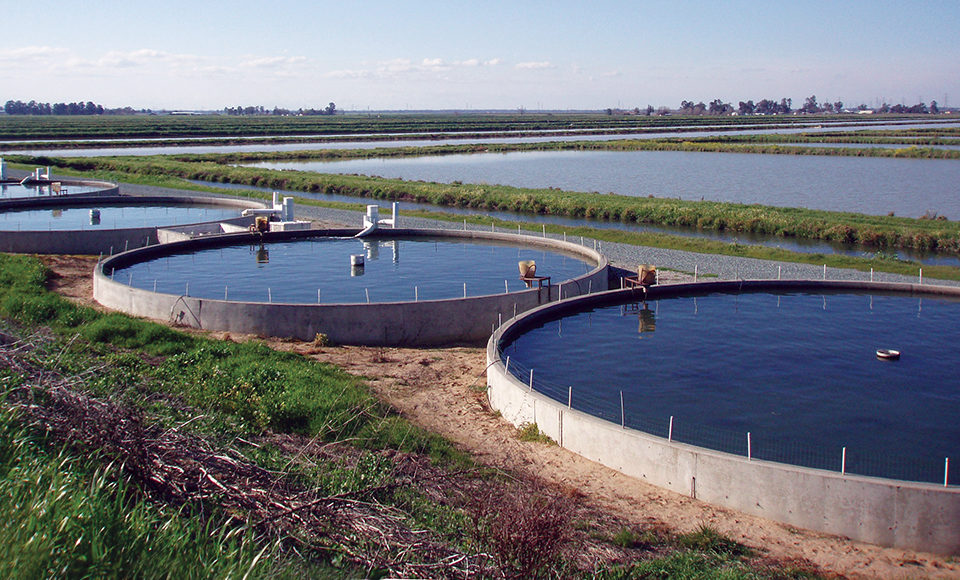
Tucked among the dairy farms and silage-producing fields in the lush delta flatlands near Galt, California, USA, lies an aquaculture farm called The Fishery. Levees of grass and wildflowers define the ponds and recessed tanks that dot the three sites of the 380-hectare inland farm. A passerby would hardly notice its presence.
Behind the bucolic façade operates a highly efficient recirculating water management system that supports the annual production of approximately 1,360 metric tons (MT) of largemouth bass, carp, sturgeon and catfish. All are trucked weekly to over 60 Asian live markets in the Sacramento and Bay areas, where a sizeable customer base stands ready to pay handsomely for them.
Light footprint
Fitting into the landscape and leaving a light footprint are what farm owner-operator Ken Beer has worked toward for years. Sustainability has been driven by the need for consistent water supply, controlled expenses, positive environmental impacts and reliable profit margins. A University of California – Davis academic and long-time aquaculturist, Beer has devoted years of research and development to get the balance right.
Beer is most proud of the farm’s recirculating system, which pumps drinking-quality water from the aquifer and circulates it through the farm’s tanks and ponds without affecting the water table.
“The water table may fluctuate seasonally but has remained stable since the farm began some 30 years ago,” he said. Beer even has water to share with neighboring silage fields that thrive on the otherwise deleterious phosphorous- and nitrogen-rich effluent.
The symbiotic relationship of the Fishery’s four species is vital to the success of the water management system. They also help keep the farm resistant to market downturns. Beer recalls the time 5,000 pelicans arrived unannounced and helped themselves to hundreds of kilograms of catfish.
“I compare it to the period when my four boys were all teenagers,” he said. “Every week there was an issue, but I rarely had to deal with four disasters simultaneously.”

Experimentation
Beer began modestly in 1975 on 32 leased ha raising catfish in 16 ponds fed with pumped groundwater. Within a few years, he started experimenting with striped bass and white sturgeons, raising them in circular tanks. He used the discharge from the bass and sturgeon tanks to fill and maintain the catfish ponds.
In the mid-1980s, Beer purchased a nearby 130-hectare site and established the first of what would eventually become the Fishery’s three main Sacramento Valley sites. He continued raising sturgeons and striped bass in tanks, which then fed and maintained 120 hectare of catfish ponds. Many of these were later converted for striped bass when California initiated a striped bass stocking program.
Beer collected and spawned adult fish from the Sacramento River and enjoyed a profitable few years supplying the state with millions of fingerlings. His sturgeons also continued to sell well in the Asian markets, a lucrative niche Beer developed early on.
Things were going well, and in the early 1990s, Beer added a second 115-hectare site nearby and expanded his farm to some 240 hectares.
Changing game
Not long after, however, two events turned out to be game changers. First, California discontinued stocking striped bass, which were then considered a predatory fish that threatened native species. This left the Fishery with a big customer gap and a lot of empty ponds.
Second, Beer noticed that his white caviar sturgeons were maturing in half the time of the wild fish. This meant it was feasible to raise them both for meat and their luxury-priced delicacy, caviar. The neighboring caviar production facilities in the Sacramento Valley, which produce about 85 percent of all U.S. white sturgeon caviar, provided a perfect market.
Beer took the opportunity to further diversify species by restocking the striped bass ponds with a hybrid carp he developed. He knew cyprinids sold well at the live markets, but wasn’t sure of taxonomy. Wild goldfish had an appearance that customers preferred and for which they would pay more than for common carp. Taste and Texture were not affected.
He experimented breeding them with different strains of carp until he developed a hybrid capable of passing marketability and production muster.
The fish are now grown in ponds and canals, and harvested in two to three years at about 0.91 to 1.25 kg. The Fishery sells over 113 MT annually.
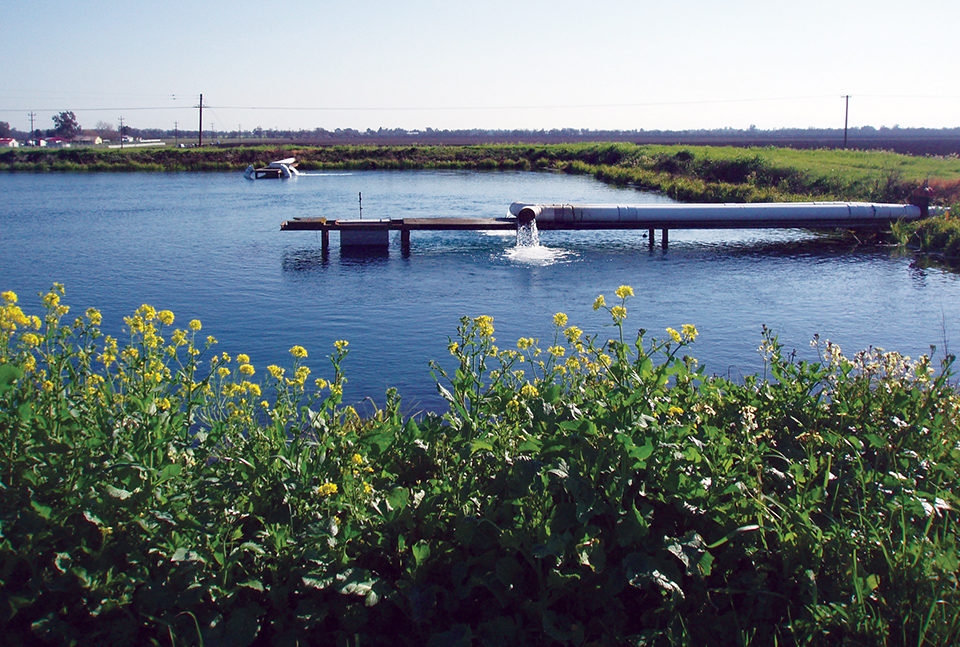
Sturgeon
The white caviar sturgeons, on the other hand, required construction of a major facility with 26, 284-m2 tanks to accommodate a standing crop inventory of over 450 mt necessary for economic viability. The larger issue, however, was water, since more was required than was available in the underground aquifer.
Ultimately, a combination of pumped and recycled water sources was used. Water recycles continually through 20 ha of hybrid carp ponds, where the detritivores graze contentedly on the solids, which prevents the accumulation of sludge and associated adverse water quality.
The caviar sturgeons arrive as 2-day-old larvae and are grown out in tanks for seven to nine years, when they reach approximately 36 to 54 kg. During the later stages, their roe is tested for color and texture by a technician who sucks out roe samples through a straw.
When determined ready, the sturgeons are sold to a large caviar production plant located literally up the road from the Fishery. The Fishery’s system produces over 9 MT of caviar annually, as well as thousands of hybrid carp and small, “pan-size” sturgeons for the live markets.
Bass
Beer loves to raise fish. “My wife says I’m not happy unless I’m building something no one has ever done before,” he said. Which explains his latest acquisition: an additional 120-hectare farm in 2007. He added a fourth species, largemouth bass, which can be raised in either ponds or tanks, and commands the highest prices in the live fish markets.
“The bass are the divas and receive the highest-quality water, followed by the sturgeons and the carp,” Beer said. It starts with the tanks, which are plumbed to receive well water, recycled water or a combination thereof. They discharge through a concrete channel in which the high oxygen level supports additional fish production.
The gravity flow system has a central pumping station and minimal head loss from tank to raceway to pond to return canal. The ponds are used for both catfish and carp.
Ecological production
Beer described this production system as much safer and more efficient than that of his older farm. And it’s productive, too. Today the Fishery employs 20 people. Five live-haul trucks carrying 1,360 kg each deliver the four species two to three times a week throughout the year to the area’s Asian live markets.
“The Fishery’s system has proven successful for its chosen species with the resources we could bring to bear,” Beer said. Acknowledging the good fortune of a benign, Mediterranean climate and unique marketing opportunities, he asserted: “I firmly believe that an ecological approach to production systems and husbandry practices that are matched to the diverse needs of different species as well as life stages will result in maximum efficiency.”
(Editor’s Note: This article was originally published in the May/June 2012 print edition of the Global Aquaculture Advocate.)
Author
-
Susan V. Heerin
765 Lullwater Road
Atlanta, Georgia 30307 USA[109,111,99,46,108,111,97,64,110,105,114,101,101,104,106]
Tagged With
Related Posts
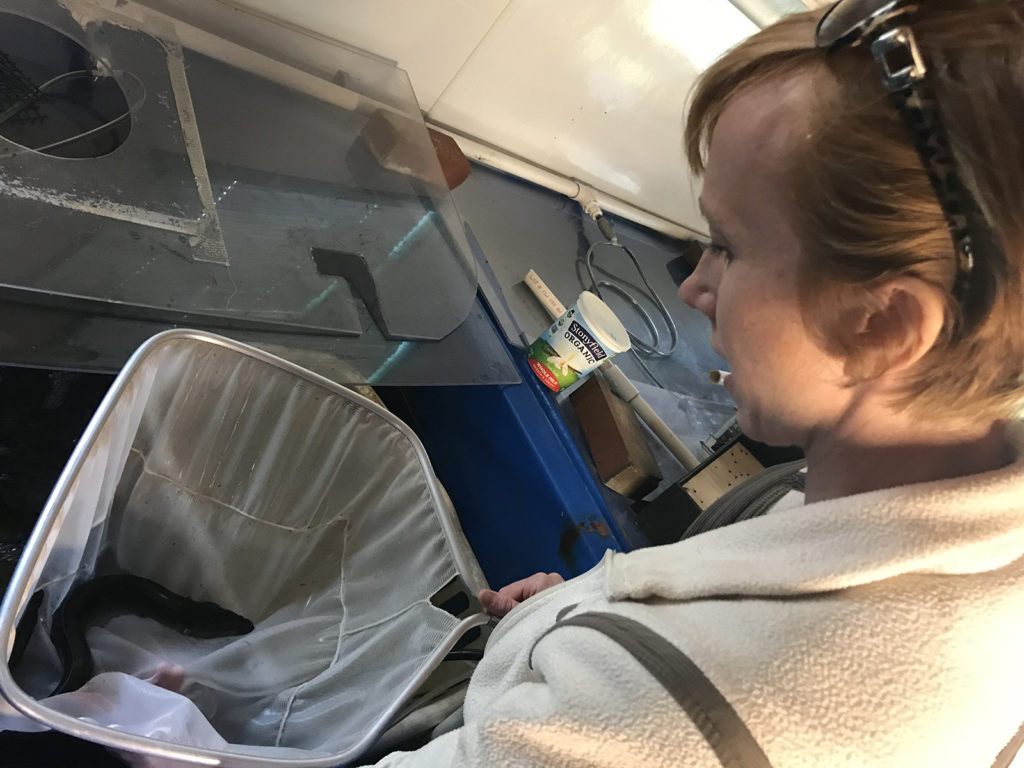
Innovation & Investment
American Unagi brings eel farming back ‘home’
Sara Rademaker launched American Unagi to shift eel farming to American soil, where the eels are from. Why? Because of the novelty, and because she saw an opportunity to do things better.

Intelligence
Aquaculture 2016: Examining the industry’s role in the food system
A wide range of important topics was discussed at the Aquaculture 2016 conference and trade show in Las Vegas last week. Editor Emeritus Darryl Jory shares his notes from the four-day event, which occurs every three years.
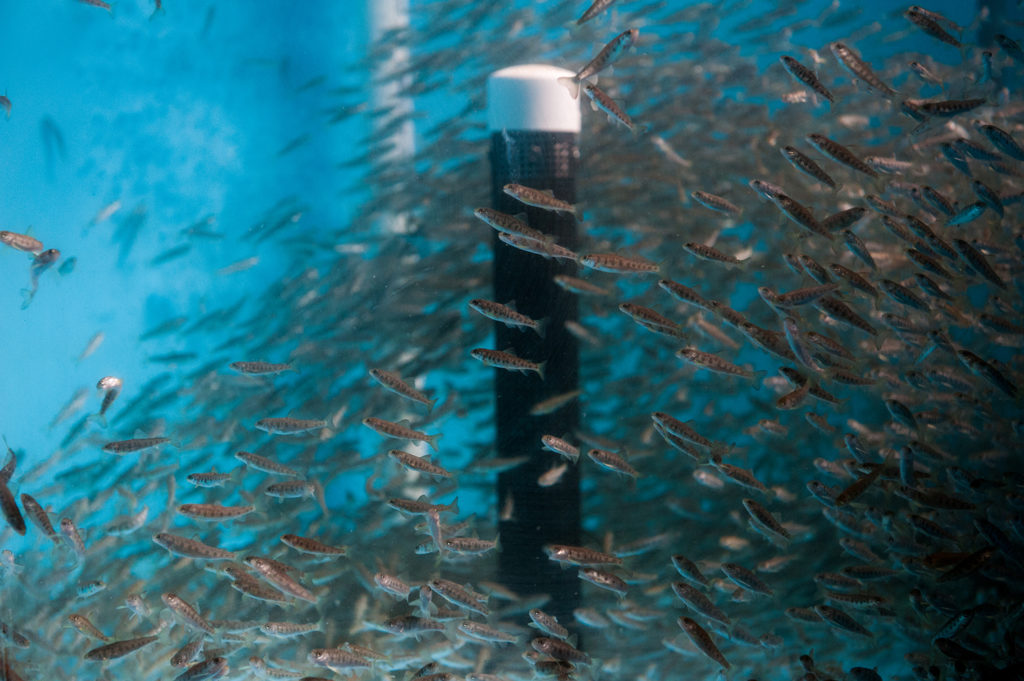
Intelligence
City fish-farm prototype set to prove itself in Minnesota
The Urban Organics model of farming leafy greens in conjunction with fish can work in any city environment, the company says. The first step is destroying East St. Paul’s image as a food desert.
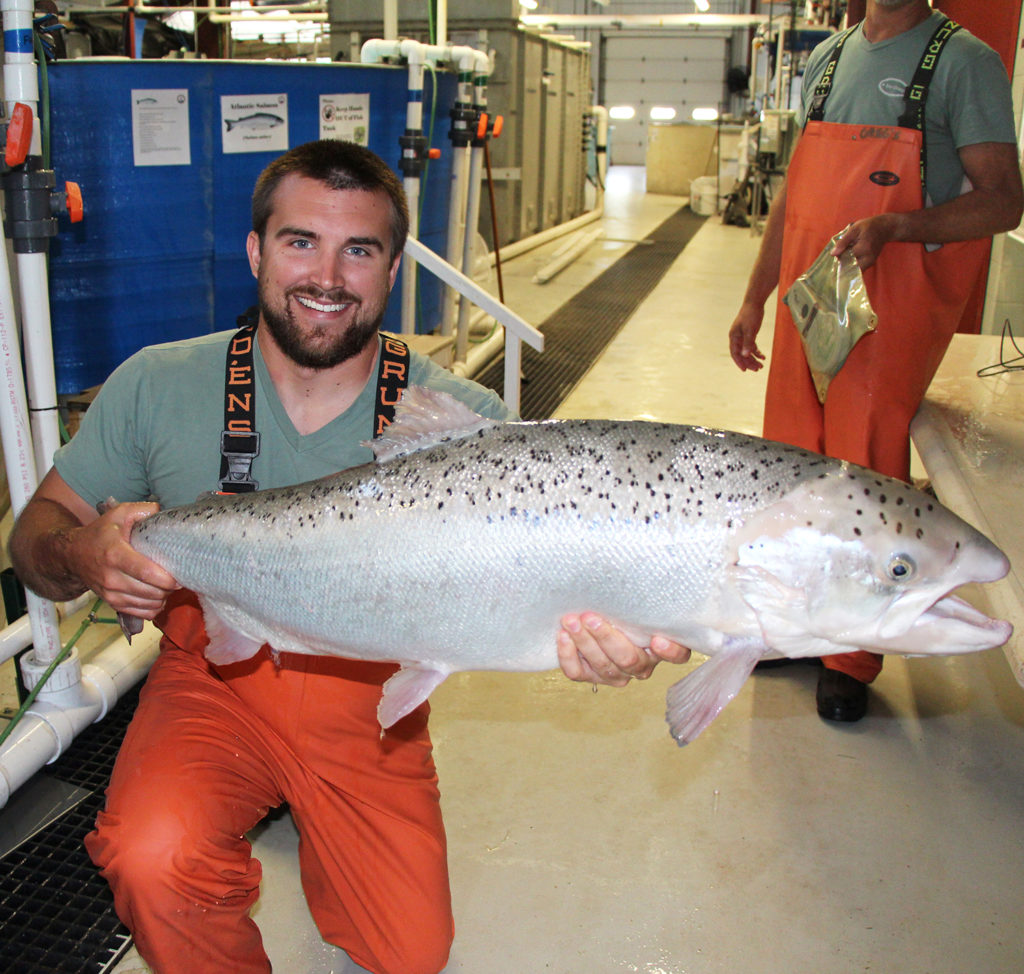
Intelligence
In a land of lakes, a rally cry for recirculating aquaculture
Wisconsin State Rep. Mary Felzkowski and others are championing aquaculture to grow food production in the state, with a keen interest in recirculating aquaculture systems (RAS).


